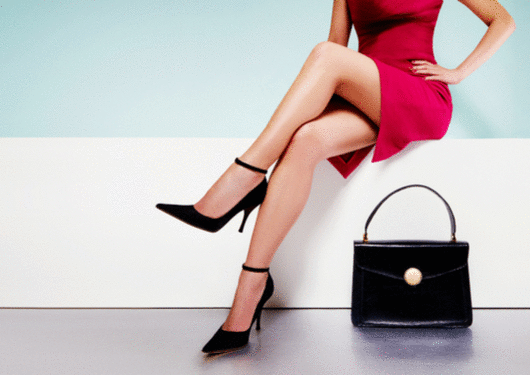
Visit Our Sponsors |
|
|
|
|
|
|
|
|
|
|
|
|
|
|
|
|
|
|
|
|
|
|
|
|
|
|
|
|
|
|
|
|
|
|
|
|
|
|
|
|
|
|
|
|
|
|
|
|
|
|
|
|
|
|
|
|
|
|
|

Luxury goods sales dropped modestly in 2016 - from EUR251bn (about $280bn) in 2015 to EUR249bn last year - but the first quarter of 2017 is already promising. Bain reports a 4-percent growth for the first quarter of this year, with a projected 2- to 4-percent growth for the year - or EUR254bn to EUR259bn ($284bn to $289bn).
Bain cites several factors for the stronger 2017 forecast, including more robust Chinese consumer spending (both at home and abroad) as well as increased tourism and consumer confidence in Europe. Another key growth factor for 2017 will help redefine the luxury market the next decade and beyond: The Millennial State of Mind.
By 2025, Bain projects that Millennials and Generation Z will account for 45 percent of the global personal luxury goods market. While that presents great opportunities for many brands, the challenges are also considerable because Millennials think and shop differently from previous generations.
"Since the 1950s, there was a clear and predominant definition what an 'aspirational life' looks like," explains Claudia D'Arpizio, a Milan-based partner at Bain & Co. and one of the study's lead authors. "Getting a degree from a leading institution, getting a highly regarded and rewarded career, getting married and having kids by a certain age, and eventually becoming wealthier than your family of origin. This was also reflected on consumption models, to the extent to which products were a way to testify the passage across life stages and achievements.
"For Millennials, this paradigm is substantially different, at least in most developed countries. They are the first generation to approach adult life in less favorable economic conditions than their parents.”
RELATED CONTENT
RELATED VIDEOS
Timely, incisive articles delivered directly to your inbox.


